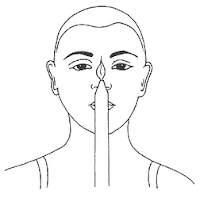Risks of Overweight and Obesity

Overweight is having extra body weight from muscle, bone, fat, and water. Obesity is having a high amount of extra body fat. Risks of Overweight and Obesity It affects brain functionality. Obese people’s brains need to work harder than those of normal people to achieve the same results. They are poor in memory and can’t make decisions clearly. And other risks of overweight and obese people are High Blood Pressure (Hypertension). Type 2 Diabetes. Heart Attacks. Sleep apnea and breathing problems. → Sleep apnea - Symptoms and causes - Mayo Clinic Gallbladder disease. It Decreases your testosterone levels. → How Being Fat Makes You Stupid Laziness. Depression, Anxiety, and Other Mental Disorders. Many types of cancer. https://www.cancer.gov/about-cancer/causes-prevention/risk/obesity/obesity-fact-sheet#what-is-known-about-the-relationship-between-obesity-and-cancer- How to Find you are Overweight Or Obese? Body mass index (BMI) is useful to measure overweight...



